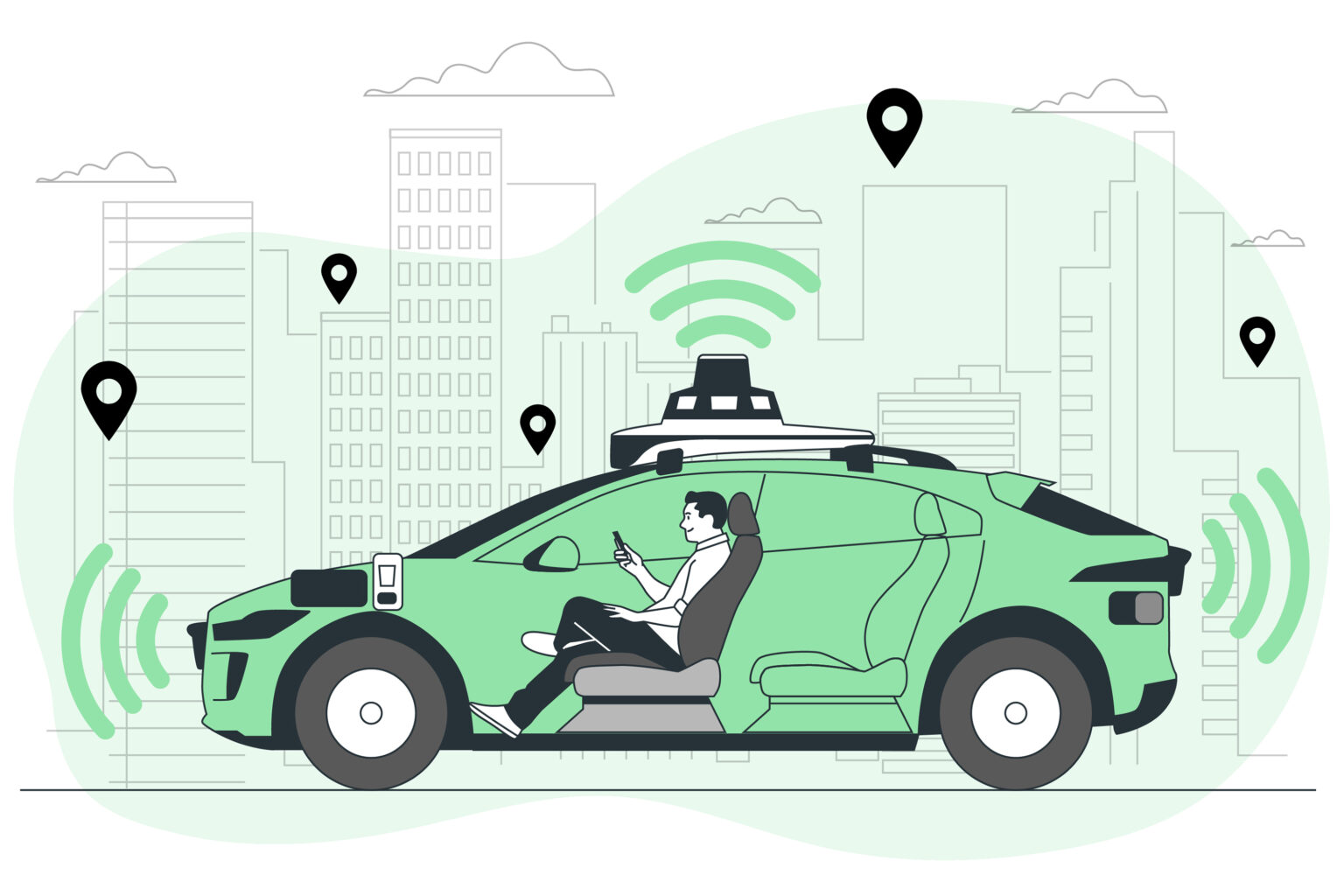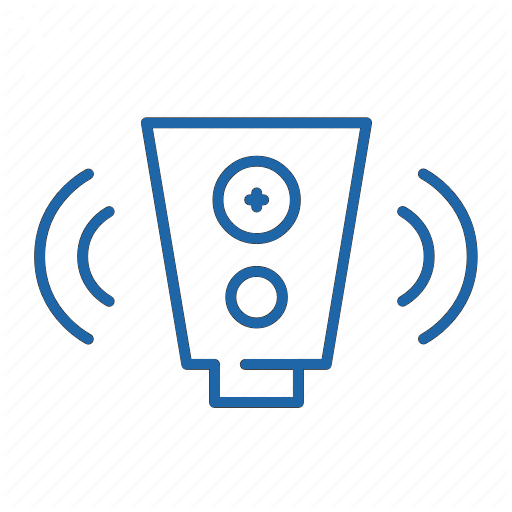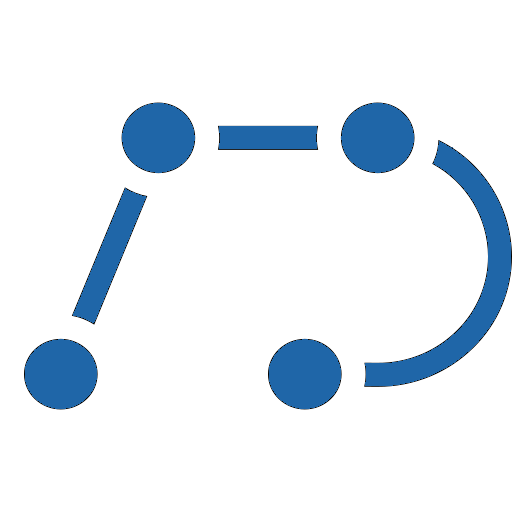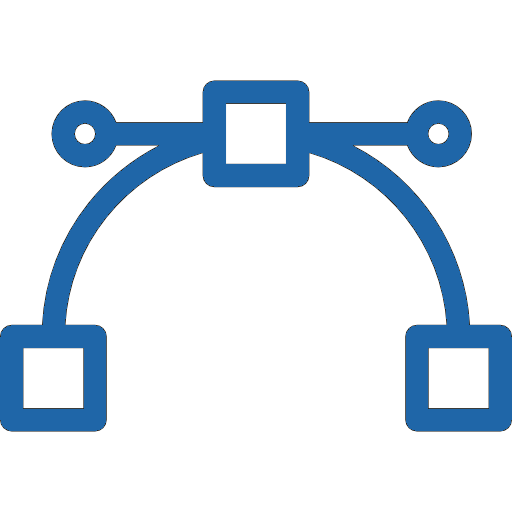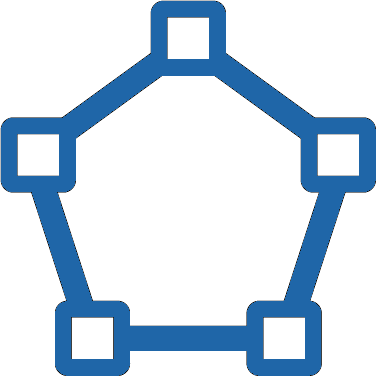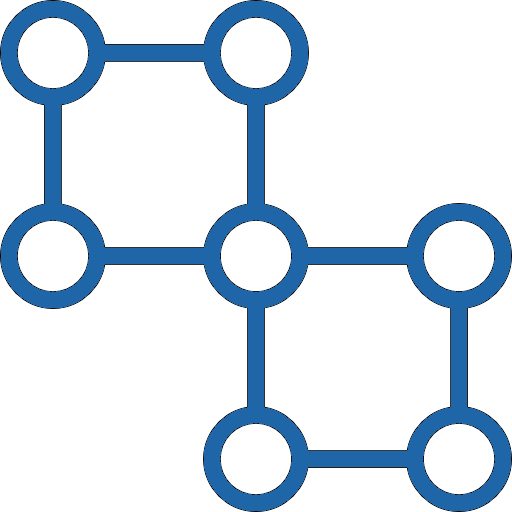Our AI/ML services
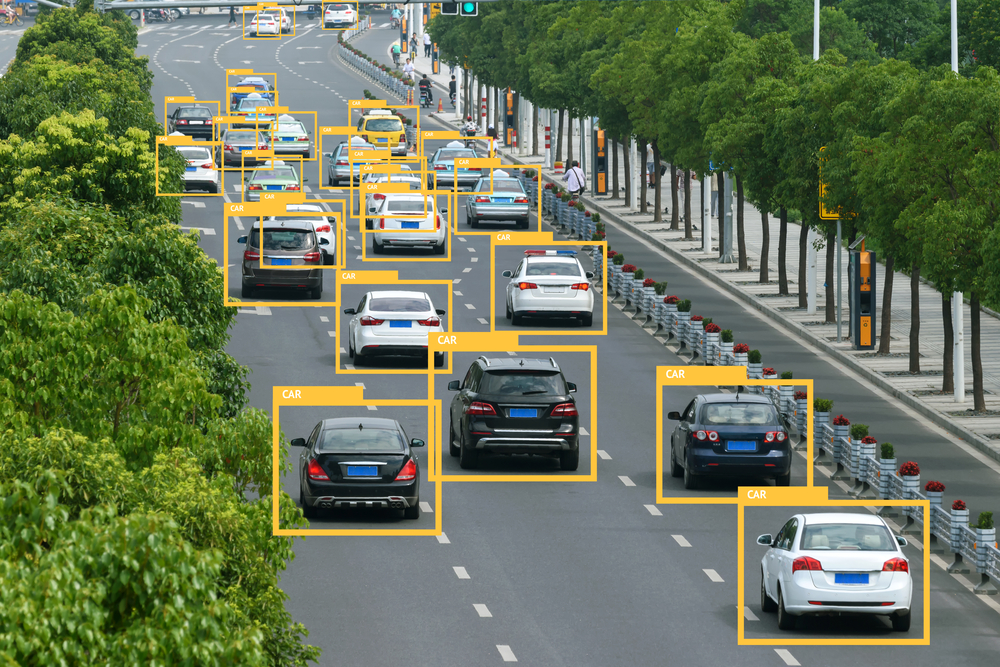
Data Labeling
We provide Data Labeling Services for a wide variety of industries. Whether it is a simple classification task or a complex Lidar object detection, our well-trained team is ready to take any kind of Data Annotation work.
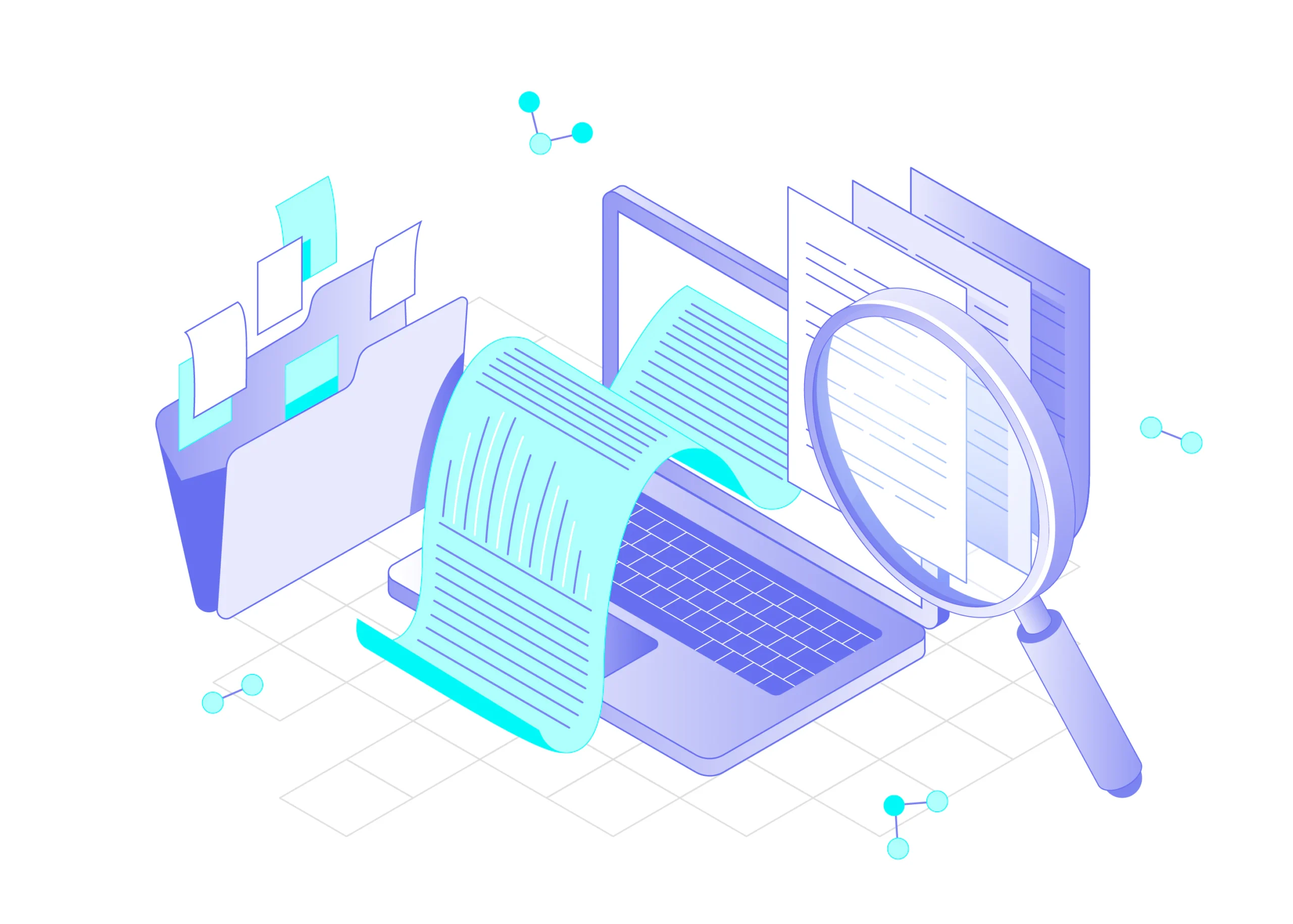
Data Sourcing
Contact us for your next Data Sourcing project. Briefly describe your goals, use cases, and data requirement, and we should be able to procure the required data for your project. We have experience in collecting millions of Audio, Video, Text and image data.
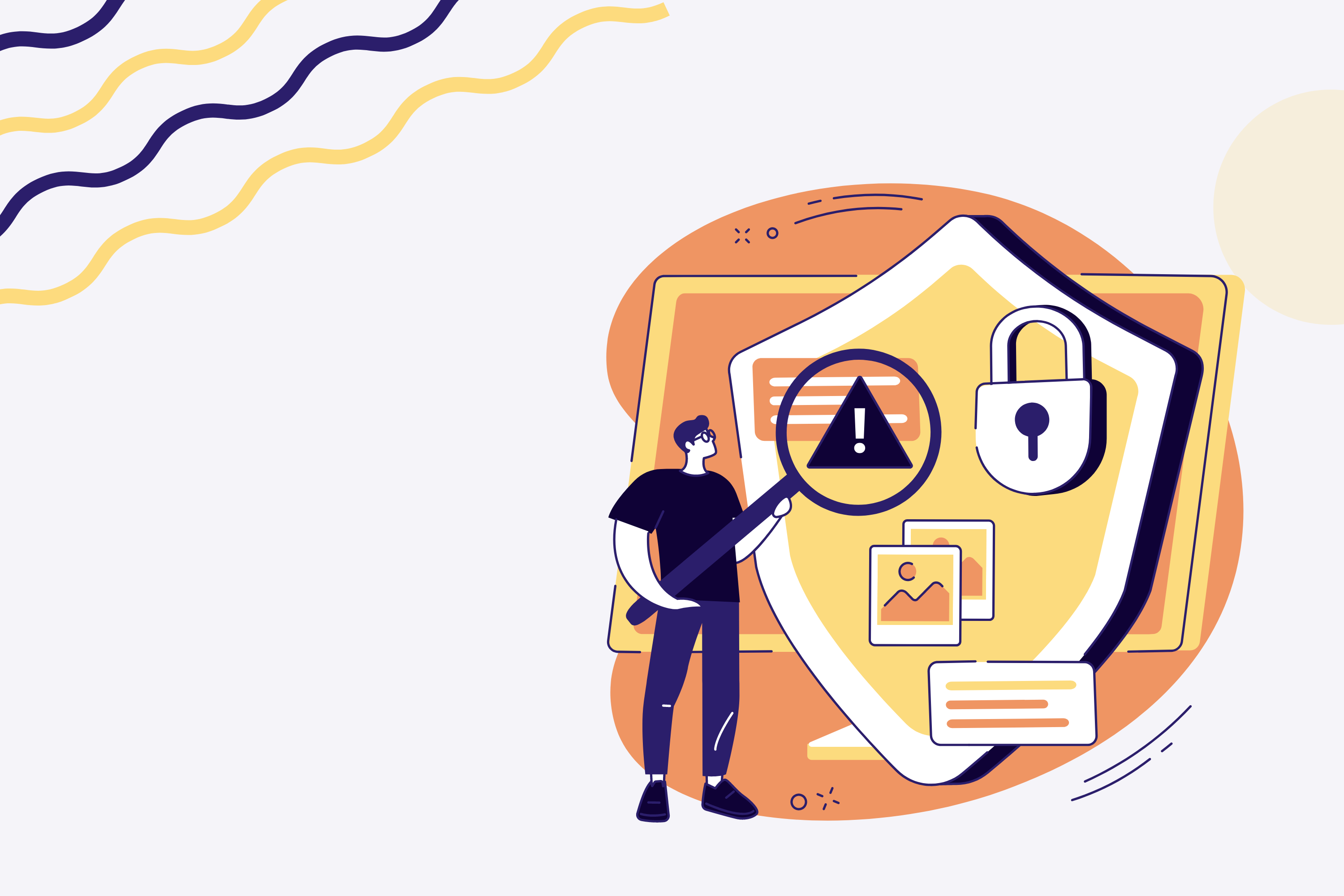
Data Moderation
We provide various content moderation services to provide a safe environment for both users and brands. Our trained moderators can assist in identifying the toxic content, act as human-in-the-loop to improve your ML models and provide Service levels to match your needs
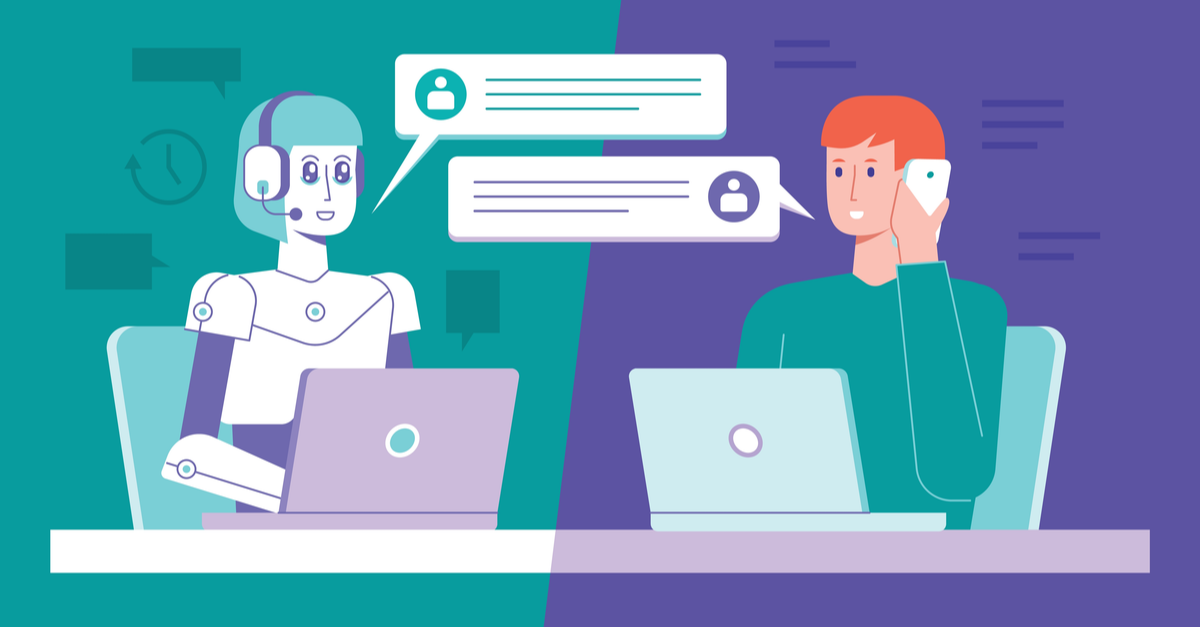
Transcription
No matter what industry you’re in, we can accommodate with our transcription, translation, or data annotation services. Even with advancements in speech recognition software, human transcriptionists still provide the most accurate transcription services possible; and our team is composed of some of the most highly skilled transcriptionists in the industry.

Audio / Speech Annotation
Audio annotation is a process of labeling the audio files with metadata (i.e) additional information, to train the Natural Language Processing (NLP) model. NLP technology is the ability of machines to understand and interpret human language. This technology has led to the development of various AI models such as intelligent chat boxes, virtual assistants and more.
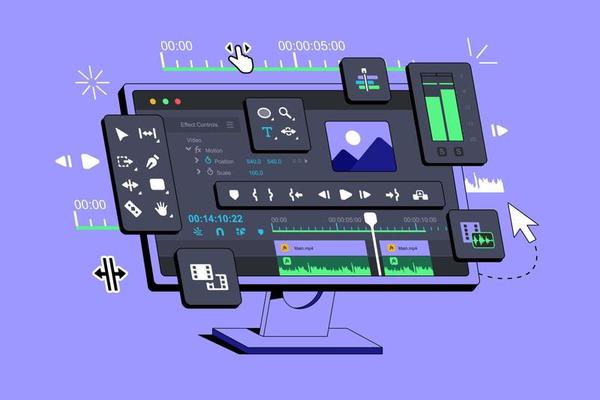
Image & Video Annotation
Annotating an image simply involves writing a note or a comment to the target object in the image. The process of tagging, labeling, or classifying an image is known as image annotation. Video annotation is similar to the former, wherein here the dataset is exported as frame-by-frame images and is labeled individually. Such annotated images/videos are the basis for all kinds of Artificial Intelligence (AI) applications such as self-driving cars, tumor detectors and more. The first step in the annotation process is to tag or label the dataset. This information is then fed to an AI or computer vision system, which gets trained and aids in automatic detection.
